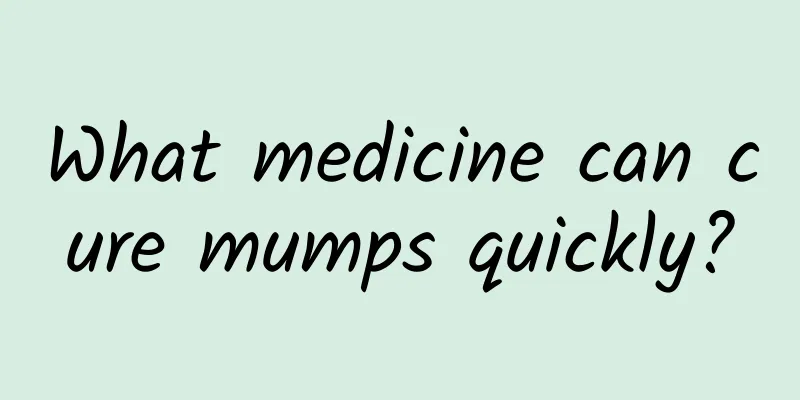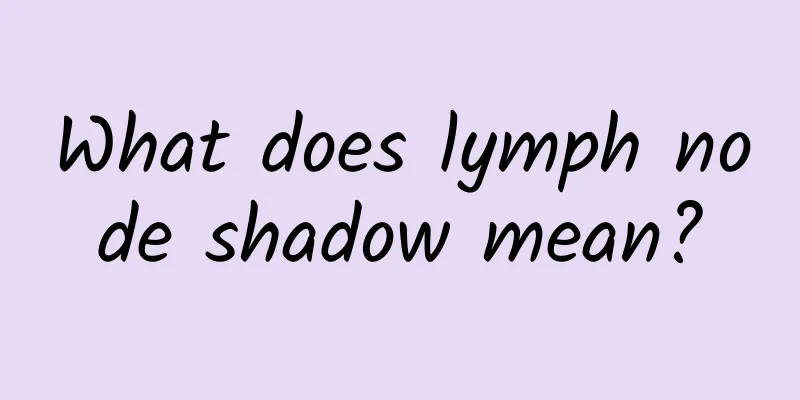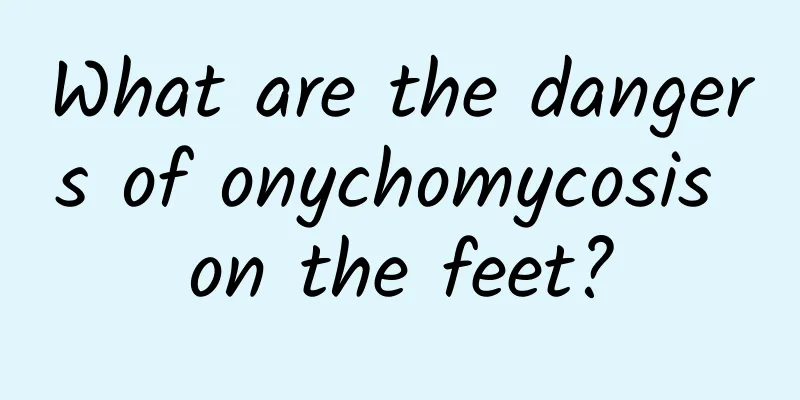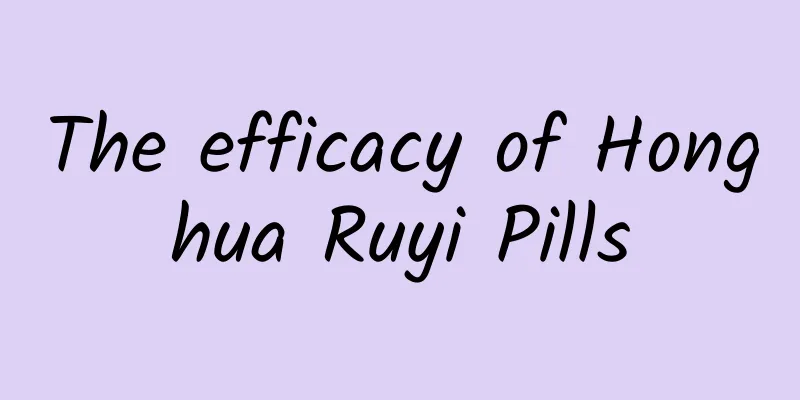What is Qigong? Correct understanding of Qigong

|
Although qigong is not as magical as the legendary "cure for all diseases", and "qigong master" Wang Lin has passed away, many people do not have a good impression of qigong due to his influence. In fact, Qigong is part of the essence of traditional Chinese culture, but what exactly is Qigong? How does it achieve the health-promoting effect? Qigong is a traditional Chinese method of health care, health preservation and disease prevention. It is a method of physical and mental exercise that uses the adjustment of breathing, body activities and consciousness (regulating breathing, body shape and mind) as means, with the purpose of strengthening the body, preventing and curing diseases, keeping fit and prolonging life, and developing potential. It mainly focuses on adjusting the harmonious relationship between natural energy and innate energy. In Chinese Qigong, innate energy is the original true energy bestowed by parents, circulating in the twelve meridians and eight extraordinary meridians of the human body. There are many types of Qigong, which can be mainly divided into dynamic Qigong and static Qigong. Dynamic Qigong refers to Qigong that focuses on physical activities. For example, the Daoyin School focuses on dynamic Qigong, and its characteristic is that it emphasizes physical manipulation combined with intention and Qi. Static Qigong refers to Qigong that is performed without moving the body, relying only on consciousness and self-control of breathing. Most Qigong methods involve alternation between movement and stillness. There is a vast amount of literature and documents on Qigong in ancient my country, and there are a large number of Qigong records in Taoist, Buddhist, Confucian and medical books. The work of excavation and collation is an important and arduous task. It not only requires researchers to have a high level of knowledge in medicine, qigong, ancient Chinese, modern Chinese, etc., but also requires them to have a high level of qigong skills. In the field of medicine, Qigong therapy is an important part of traditional Chinese medicine. It has a history of thousands of years and is still used in clinical practice. It is increasingly attracting the attention of modern medicine and science. Since the 1990s, Qigong therapy and its academic thoughts in the field of traditional Chinese medicine have been collected and organized, gradually forming a system, and initially developed into an independent, ancient yet young discipline - Chinese Qigong. |
<<: What to do with blood deficiency, how to regulate blood deficiency in women
Recommend
What is the best way to check for hyperthyroidism?
Many people have had hyperthyroidism in their dai...
What to do if there are blisters on your arms
Blisters are one of the most common conditions. M...
What are the causes of hemorrhoids? How to treat hemorrhoids?
Surveys show that the incidence of hemorrhoids ha...
These "hygiene habits" are not hygienic and may even be dirtier
In our daily life, we always pay attention to &qu...
This is how you should eat if you have low immunity caused by rheumatism
In life, we often hear that some people have join...
The efficacy and function of pig pancreas
Pig pancreas is not unfamiliar to many people. Pi...
Pustules on face
Many friends in adolescence are prone to pustules...
Causes of yellow warts on eyelids
The skin around the eyes is relatively thin, so t...
Causes of tongue numbness and bad breath
When the symptom of tongue numbness appears, many...
If the hair keeps falling out, it means that there are too many toxins in your body.
Use coughing to clear toxins from the lungs. Prac...
What causes blood in urine?
Under normal circumstances, there will be no blee...
Why do at least nine out of ten women have gynecological diseases?
Many gynecological diseases often trouble women&#...
What are the effects of light bamboo leaves
We have all seen bamboo in our lives. Bamboo has ...
My asshole is swollen and it hurts
The anus, because it is used to excrete feces, be...
What to do if you have enteritis
Enteritis is a very common disease. This type of ...









